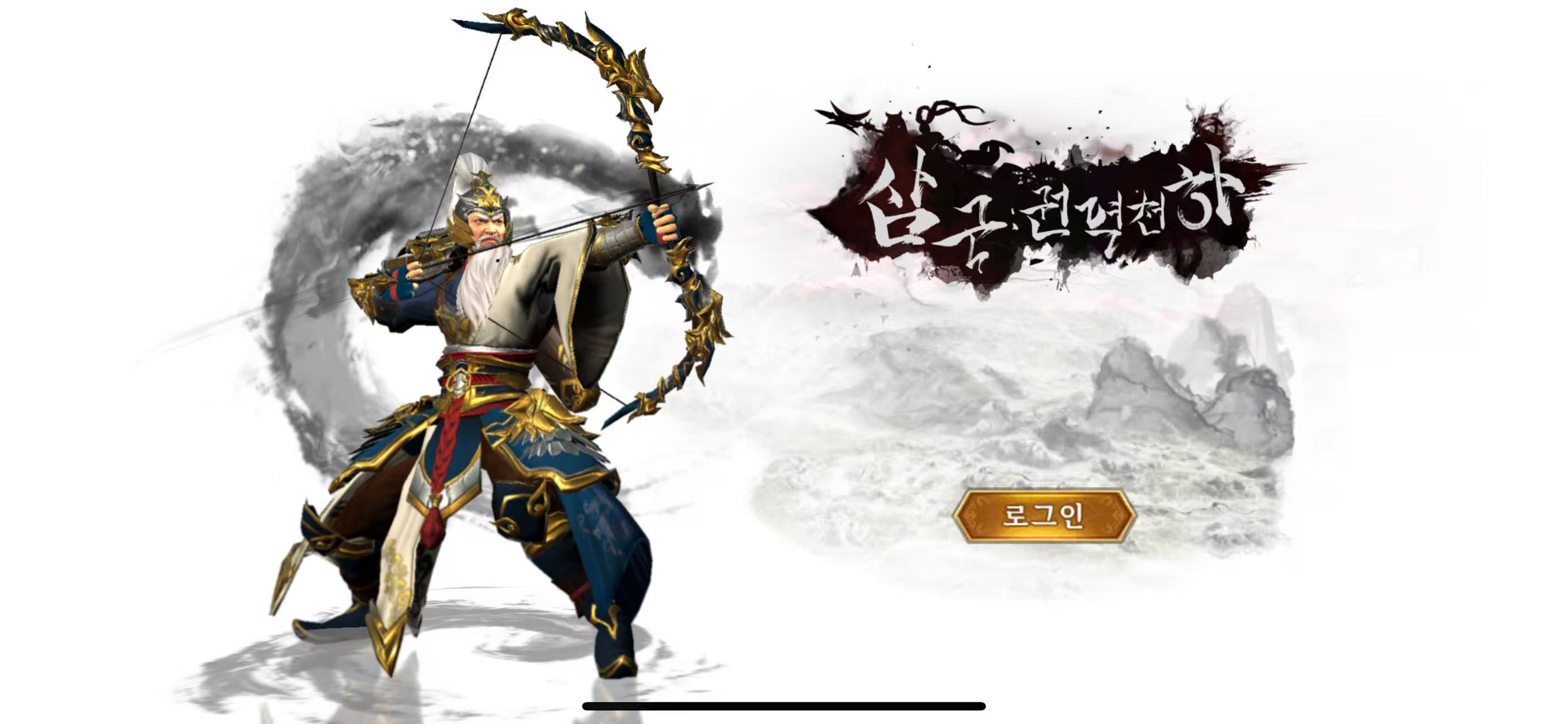Building Strategy Games: Unleashing Creativity and Tactical Thinking in Game Design
In the ever-evolving landscape of gaming, strategy games hold a unique place. These games are more than just a pastime; they are a way for players to engage in complex thinking and creativity. Each move requires careful consideration, and building games elements brings an additional layer of challenge and fun. This article dives into the core aspects of building strategy games, exploring how creativity and tactical thinking can be unlocked in the design process.
The Essence of Strategy Games
At their core, strategy games demand players to plan and make decisions that will affect the outcome. This type of game combines various elements, from resource management to defense mechanisms. Players navigate through layers of challenge that compel them to think critically. Below is a simple breakdown of what makes strategy games captivating:
| Element | Description |
|---|---|
| Tactical Depth | Encourages thinking several steps ahead. |
| Resource Management | Requires players to allocate resources strategically. |
| Player Interaction | Involves engaging with other players, enhancing competition. |
| Progressive Difficulty | Levels evolve to challenge players continuously. |
Building Games: Where Creatives Shine
Building games, a sub-genre of strategy games, allows players to create and manipulate their environments. They can design their worlds, control characters, and influence outcomes by making strategic decisions. For many, it's about unleashing creativity while indulging in tactical challenges. Here are some key aspects of building strategy games:
- Environment Design: Players can craft their terrains and structures.
- Character Customization: Tailoring heroes or units to suit particular strategies.
- Rules and Mechanics: Defining how the game operates through innovative rules.
Tactical Thinking: A Crucial Skill
Creating a successful strategy game requires a deep understanding of tactical thinking. This is about equipping players to adapt and respond to unforeseen challenges. Developers need to consider how players will think and react. The choices they make should align with the overall mechanics of the game. Including elements from popular games like God of War Ragnarok could provide valuable inspiration. Players love to immerse in epic narratives, which encourages their tactical decision-making process.
Embracing New Ideas: Lessons from Crash Holly and Others
Turning to innovative themes is essential for crafting unique gameplay experiences. For instance, games like Crash Holly Backwards Match shows how unconventional ideas can create fun chaos, drawing attention from different gaming crowds. Integrating playful chaos within strategy games can make the strategic side even more engaging. Here’s why these lessons matter:
- They encourage out-of-the-box thinking.
- Present opportunities to introduce unconventional mechanics.
- Expand the types of games audiences might enjoy.
Conclusion: Crafting a New Age of Strategy Games
Building strategy games is not just about mechanics; it's about harnessing creativity and encouraging critical thinking. As game designers explore new ways to challenge players, they enrich the gaming experience and engage a broader audience. Whether it's through tactical depth or unexpected ideas, the future of strategy games is bright and full of possibilities. Let our imaginations run wild as we shape the next generation of games!



